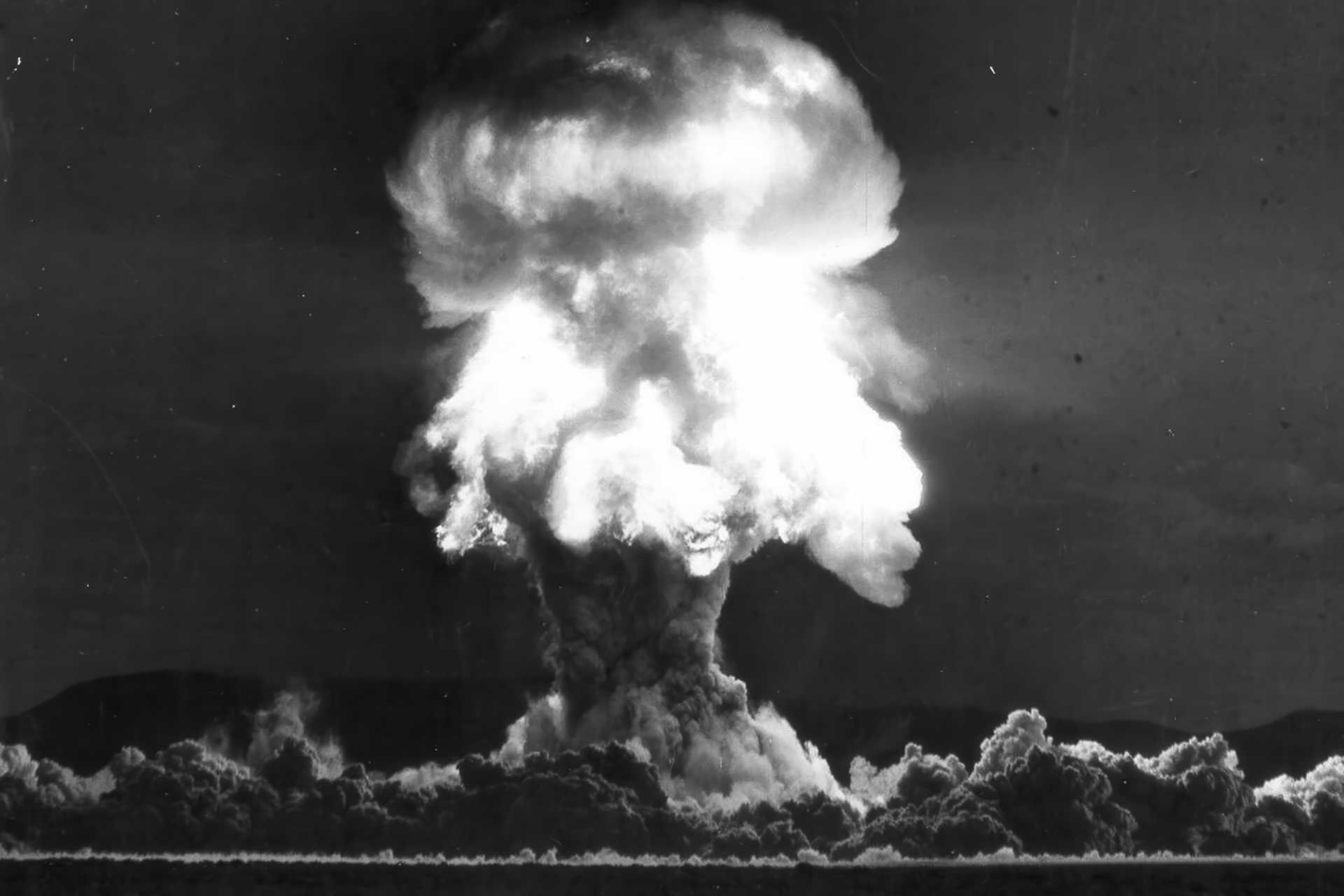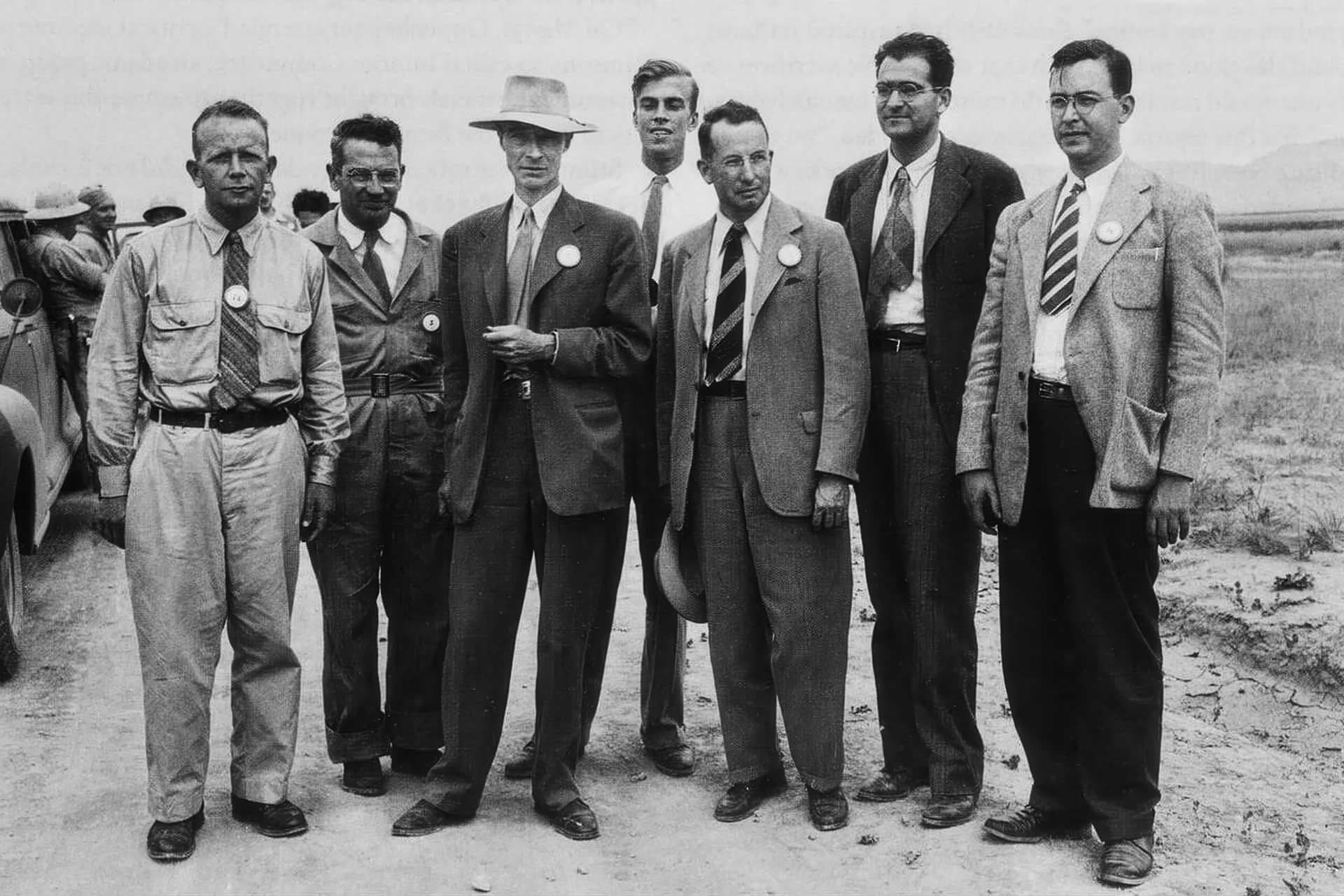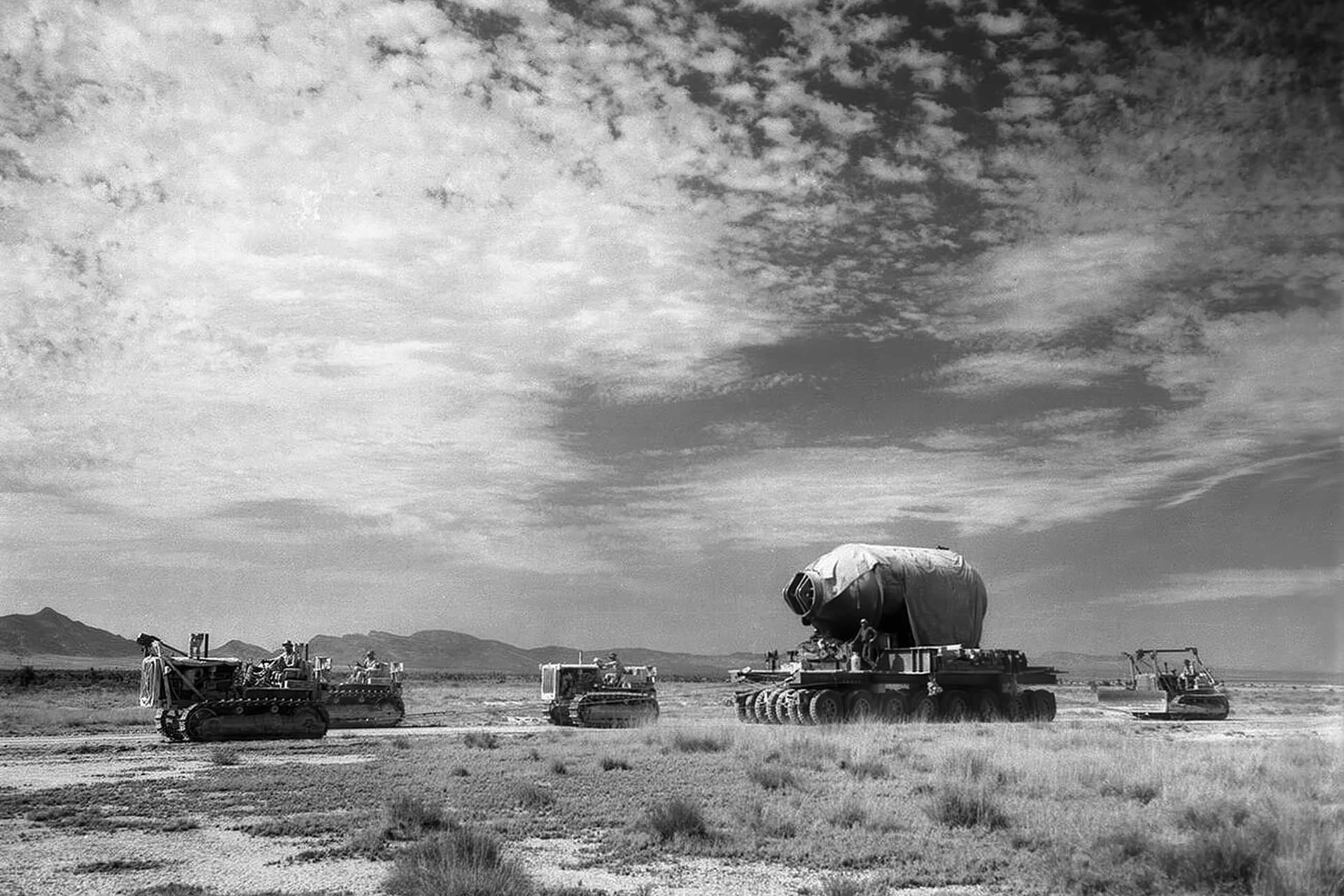
The Manhattan Project and the Price of Power
Mahacaraka® Press
In the closing years of the 1930s, as the world teetered on the brink of another global war, a group of physicists sounded a quiet but urgent alarm. Scientific discoveries in Europe had revealed the potential of nuclear fission, a process by which the nucleus of an atom splits and releases an immense amount of energy. What began as a theoretical breakthrough would soon catalyse one of the most secretive and consequential scientific endeavours in history: the Manhattan Project.
The seeds were sown in 1938 when German chemists Otto Hahn and Fritz Strassmann successfully split a uranium atom. News of this experiment quickly reached physicists Lise Meitner and Otto Frisch, who correctly interpreted the implications: fission could unleash an energy source far beyond conventional explosives. As fascist regimes expanded their influence across Europe, fears grew that Nazi Germany might harness this new power to build a devastating weapon.
It was against this backdrop that Hungarian physicist Leo Szilard, together with fellow refugee scientists like Edward Teller and Eugene Wigner, drafted a letter to President Franklin D. Roosevelt. Signed by Albert Einstein in August 1939, the letter urged the United States to act swiftly. By 1942, the U.S. government had launched a top-secret project that would span multiple states and employ over 130,000 people, all working under the codename: the Manhattan Engineer District, later known simply as the Manhattan Project.
Although the project's name derived from the Army Corps of Engineers' original offices in Manhattan, much of the scientific work took place far from the East Coast. Los Alamos in New Mexico became the hub of design and assembly; Oak Ridge, Tennessee focused on uranium enrichment; Hanford, Washington produced plutonium. These remote locations provided both logistical advantages and a shield of secrecy.

J. Robert Oppenheimer, a theoretical physicist with a complex personality and a deep love for literature and Eastern philosophy, was appointed scientific director of Los Alamos. His leadership, though often fraught with interpersonal tensions, proved pivotal in guiding a disparate group of academics, military personnel, and engineers towards a singular goal: building the world’s first atomic bomb.
The Trinity Test marked the culmination of their efforts. On 16 July 1945, at 05:29 in the Alamogordo desert, a plutonium-based bomb was detonated for the first time. Observers reported a blinding flash, followed by a searing heat and an immense mushroom cloud that rose into the morning sky. The shockwave shattered windows over a hundred miles away. Oppenheimer, watching the detonation, famously recalled a line from the Bhagavad Gita: "Now I am become Death, the destroyer of worlds."
The success of Trinity made the deployment of atomic weapons a grim reality. Less than a month later, on 6 August 1945, the U.S. dropped the uranium-based bomb "Little Boy" on Hiroshima. Three days later, the plutonium-based "Fat Man" was dropped on Nagasaki. The devastation was catastrophic, killing over 100,000 people instantly, with tens of thousands more succumbing to radiation-related illnesses in the years that followed. On 15 August 1945, Japan announced its surrender, effectively ending the Second World War.
The legacy of the Manhattan Project is both profound and contested. On one hand, it ushered in the nuclear age, fundamentally altering global politics, science, and ethics. The post-war world saw the rise of the Cold War, with the United States and the Soviet Union racing to build more powerful nuclear arsenals. This arms race shaped foreign policy for decades, instilling a doctrine of deterrence that continues to influence international relations.
From a scientific perspective, the project propelled advancements in nuclear physics, engineering, and materials science. It also catalysed the growth of government-funded scientific research. Institutions such as the Atomic Energy Commission and the Department of Energy can trace their origins to this wartime effort. Nuclear power, for both civilian and military purposes, owes much to the knowledge generated during those critical years.

Yet, moral questions persist. The bombings of Hiroshima and Nagasaki remain among the most debated events in modern history. Scholars, ethicists, and survivors continue to grapple with the justifications and consequences. Some argue that the bombings were necessary to end the war swiftly and save lives that would have been lost in a prolonged invasion. Others see them as avoidable atrocities, shaped more by geopolitical signalling than military necessity.
Beyond the geopolitical and ethical debates, the Manhattan Project also serves as a cautionary tale. It demonstrated the capacity of scientific innovation to outpace ethical oversight. Many of the scientists involved later expressed regret or concern about their role, particularly as the arms race escalated. Oppenheimer himself fell from political favour during the McCarthy era, his loyalty questioned despite his immense contributions.
In recent decades, efforts to preserve and interpret the history of the Manhattan Project have intensified. The Manhattan Project National Historical Park, established in 2015, includes sites in Los Alamos, Oak Ridge, and Hanford, offering the public insight into the complex narrative of the project. These places serve not only as memorials but as platforms for dialogue about science, secrecy, and responsibility.
As the world continues to grapple with nuclear proliferation, climate change, and the ethical dimensions of emerging technologies, the Manhattan Project remains a defining episode. It illustrates how ambition and fear, ingenuity and secrecy, can converge to produce outcomes both awe-inspiring and terrifying. The echoes of that desert explosion in 1945 still reverberate through policy debates, scientific corridors, and cultural memory. It stands as a stark reminder of what can be created in the name of security, and the cost it may carry.